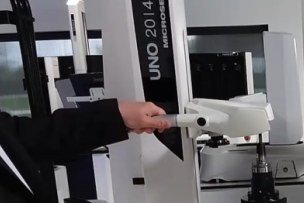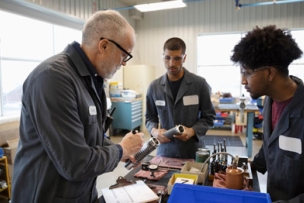ISCAR is the largest of the 15 companies comprising IMC (International Metalworking Companies). Together, they supply a dynamic comprehensive line of precision carbide metalworking tools. These companies produce a wide range of carbide inserts, carbide endmills, and cutting tools, covering most metal cutting applications. IMC also provides engineering and manufacturing solutions to major industries throughout the world. Many innovative products, designed especially for customer requirements, have made IMC a world leader in major manufacturing industries such as automotive, aerospace, and die & mold production.
New times dictate new demands for cutting tool manufacturers. Simply supplying tools and assisting in their application, including planning machining operations, is not enough – the modern metalworking industry requires virtual, non-material solutions that will be an essential feature of product lines tomorrow.
Digitizing of manufacturing industries, a clear trend of today’s reality, is one of the distinct technological breakthroughs stimulated by the “fourth industrial revolution” – the implementation of Industry 4.0 standards. The wind of change has transformed already even a relatively conservative industrial sector: metalworking. As machining continues to be an essential method in metalworking technology, cutting tool manufacturing, which provides tools for this method, has faced a necessity to meet new requirements. Consequently, the information that specifies the tools should be unified and digitized in the same manner. Information interoperability is the key to ensuring a relevant data exchange between different components of today and tomorrow’s smart manufacturing processes. The ISO 13399 standard specifies data representation for cutting tools and tool holders, in a manner that will ensure platform independence universally. The main target is to create a computer representation of the tools and the holders that is unified and understandable for various elements of metalworking technology, whether they are real or virtual, including computer aided design and manufacturing (CAD/CAM) systems.







Talk to Us!
Leave a reply
Your email address will not be published. Required fields are marked *